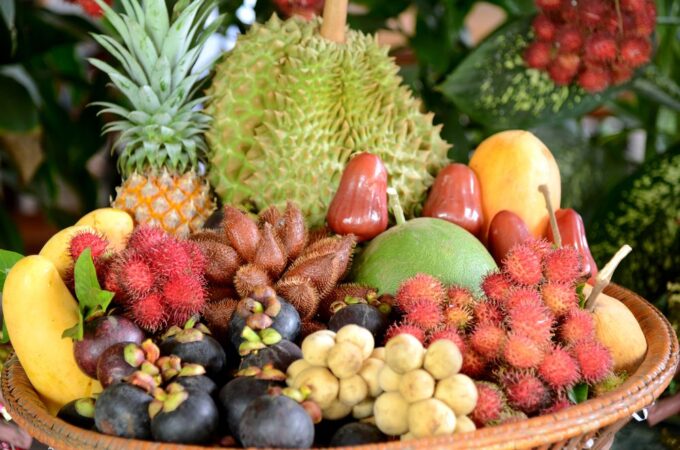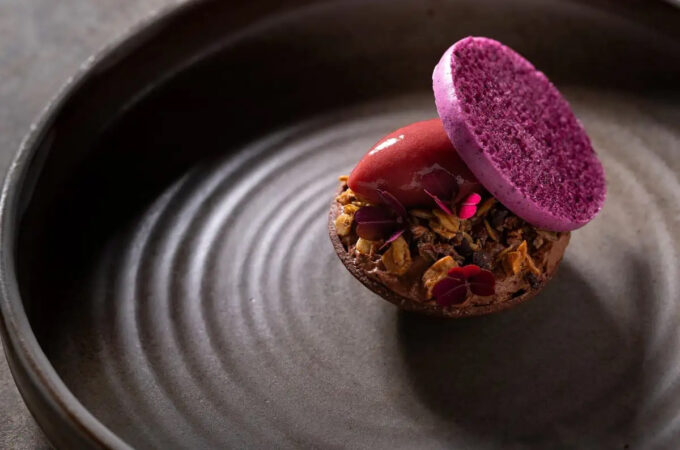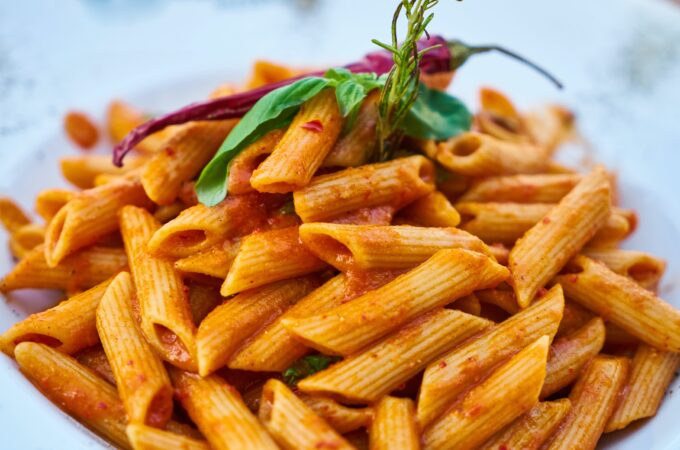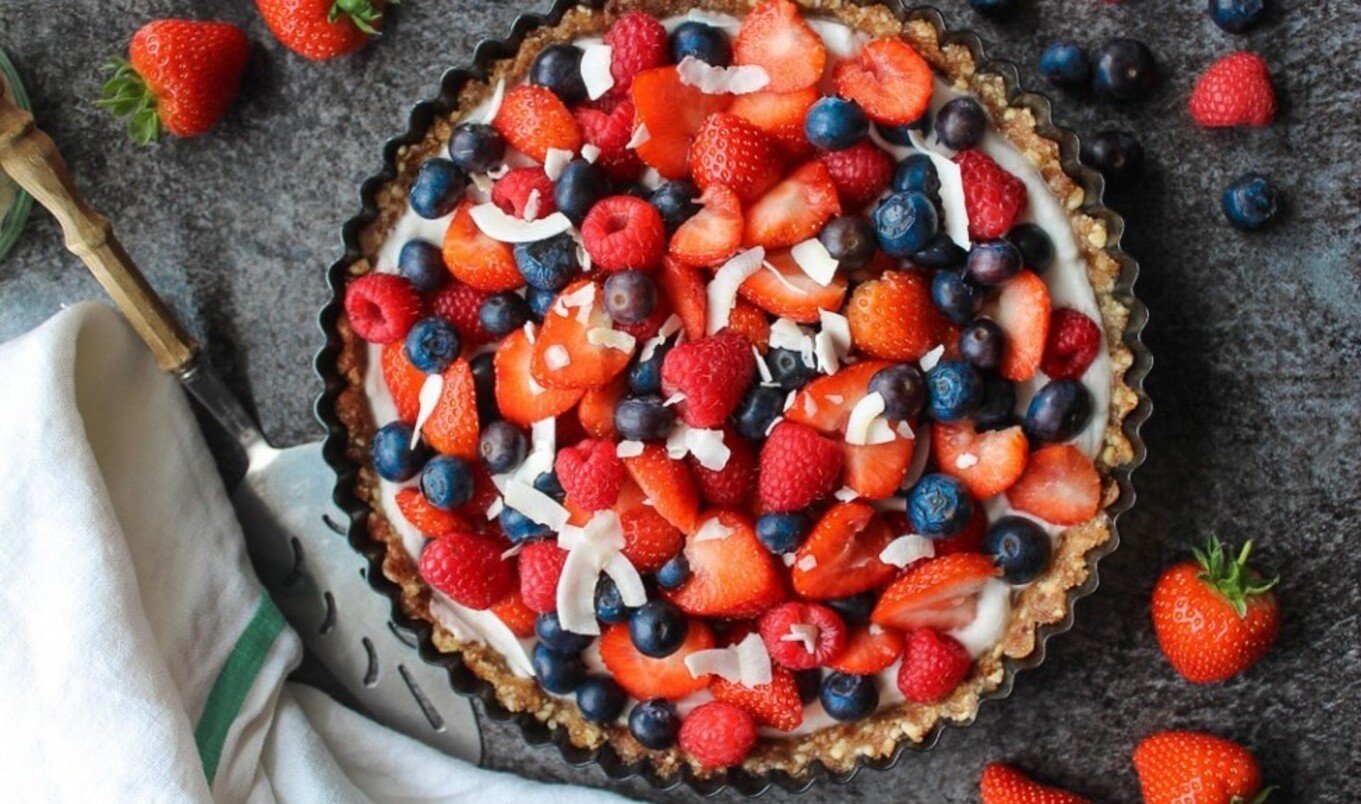
Getting Started with Vegan Baking
Plenty of recipes are available online and in books for cakes, biscuits, and other treats that can be made vegan. The ingredients are readily available, and some are even cheap.
Milk, for example, provides richness and texture in baking. It can be replaced with water, oil, and baking powder to bind, leaven, and add moisture – mimicking the effects of an egg.
Start with Vegan Recipes
According to Vegan Cooking Life, getting started with vegan baking can be daunting, especially for beginners. The good news is that it’s much easier than you think, and it won’t take long to improve your skills. You’ll want to stock up on a few essential ingredients to make the transition as smooth as possible, but once you’ve got those, a little experimentation will soon yield delicious results.
The main thing beginner vegan bakers must learn is how to replace animal products in recipes, but this doesn’t have to be difficult. Plenty of excellent vegan substitutes can be used to recreate the texture and flavor of traditional cakes, cookies, and other baked goods. This includes vegan milk (such as almond, oat, coconut, soy, or rice), nut or seed butter, and egg replacers like chia seeds, ground flaxseed meal, and a range of powdered vegan eggs which can be mixed with water to create a whipped “egg.”
Another great way to keep things interesting is to try new recipes, such as those that use different flours, fruits, and vegetables. The variety will keep your cooking fresh, and you might just find that you really love some of these dishes even if you weren’t a fan of the originals!
Finally, don’t be afraid to experiment with sauces and other flavorings. There are lots of vegan alternatives for savory sauces that work just as well as those made with soy and other animal products. Things like tamari and coconut aminos can add so much flavor to a dish and give it that umami you’d get from meat, and arrowroot powder is a great way to thicken sauces.
Lastly, when it comes to sweet things, make sure that any chocolate you buy is vegan. Many brands of conventional chocolate chips contain milk solids and whey, so look for ones labeled as such or using natural sugar like coconut palm sugar. You’ll also want to check any food colorings you plan on using; some red and pink colors are made with cochineal or carmine, which isn’t suitable for a vegan diet.
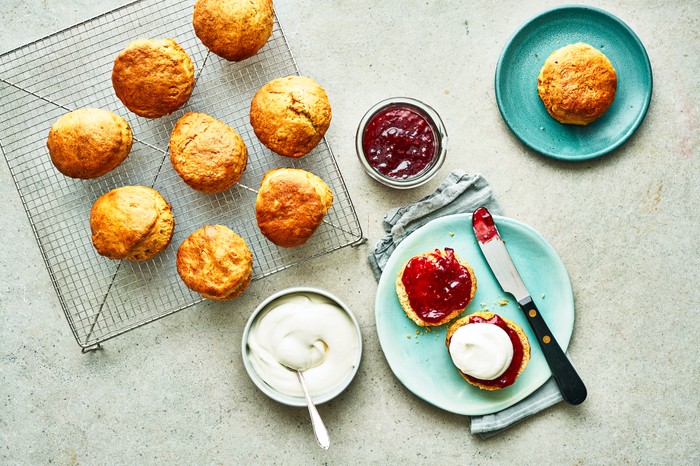
Don’t Cut Back on Sugar
It’s tempting to cut back on sugar in a recipe when you’re baking vegan because of the heightened focus on healthy eating. But it’s important to remember that sugar has many functions in a bake, such as making it light and fluffy. It can also affect the texture of a cake and give it a slight crunch.
It also adds sweetness and is a natural preservative in some recipes. If you decide to reduce the amount of sugar you use, it’s a good idea to make sure you’re using the same type of sugar your recipe calls for; otherwise, your bakes may end up with a strange consistency.
Butter is another essential in baked goods, as it gives them a rich, spongy texture and can help them rise. Luckily, it’s pretty easy to replace in most recipes. There are a few different vegan options for it, including vegan margarine, which is very similar to butter (though some have added soy lecithin, so check the label). You can also try substituting it with mashed bananas, which work well in many recipes. Bananas are a great addition to any diet as they’re high in potassium, fiber, and vitamins C and B6.
Milk is an important part of many recipes, as it helps them to stay moist and provides a lot of their structure. Luckily, it’s pretty easy and quick to substitute for in a recipe, as many different types of plant milk are available.
Eggs are a really useful ingredient for baking as they act as binders and leaveners. There are a few ways to replace them when baking, but it’s best to stick to the recipe you’re trying to make if you can. The most common egg replacements include flax eggs, aquafaba, apple sauce, and pudding powder.
Once you’ve got the hang of replacing animal products with other ingredients, you can start to get creative with your cooking and experiment with new recipes. However, it’s always a good idea to start with tried and tested recipes before you try anything too adventurous.
Try Soy Milk
Traditional baking recipes tend to rely heavily on eggs and dairy products like butter and milk. These days, it is easy to veganize non-vegan baking recipes, but you need to take care not to change too many of the ingredients, or the final result will suffer. This is particularly true with bakes that use a lot of oil or flour, which may not react well to sudden changes in temperature or ratios.
For example, substituting coconut or hemp milk for soy milk can have a huge effect on the final texture of your cake. Changing the flour type can also alter your baked good’s overall structure. For this reason, it is best to stick to tried and tested vegan baking recipes when you are first getting started.
You should also be careful not to change the fat content of your baking. For instance, replacing butter with melted coconut oil will give you an end product that is much “healthier” but will not have the same consistency as regular butter. This can cause your bakes to over-bake or crumble, which will be disappointing.
It is also important to consider whether the ingredient you are trying to replace contains any potential allergens, such as nuts or soy, which can cause unpleasant reactions in some people. In addition, it is wise to avoid margarine which may contain soy lecithin (an additive used as an emulsifier in chocolate).
The most common animal-derived ingredients in baking are butter and eggs, which can be replaced with dairy alternatives or other plant-based fats. For eggs, hand-ground flax seeds mixed with water can be a suitable alternative, or you could try a store-bought egg replacer, such as Vegg or Vegan Egg, designed to perform the same function as a whisked egg.
Another great vegan alternative to eggs is aquafaba, which comes from the liquid left over after cooking beans. This liquid behaves very similar to egg whites and can be used in baking a wide range of bakes, from chickpea blondies to black bean brownies.
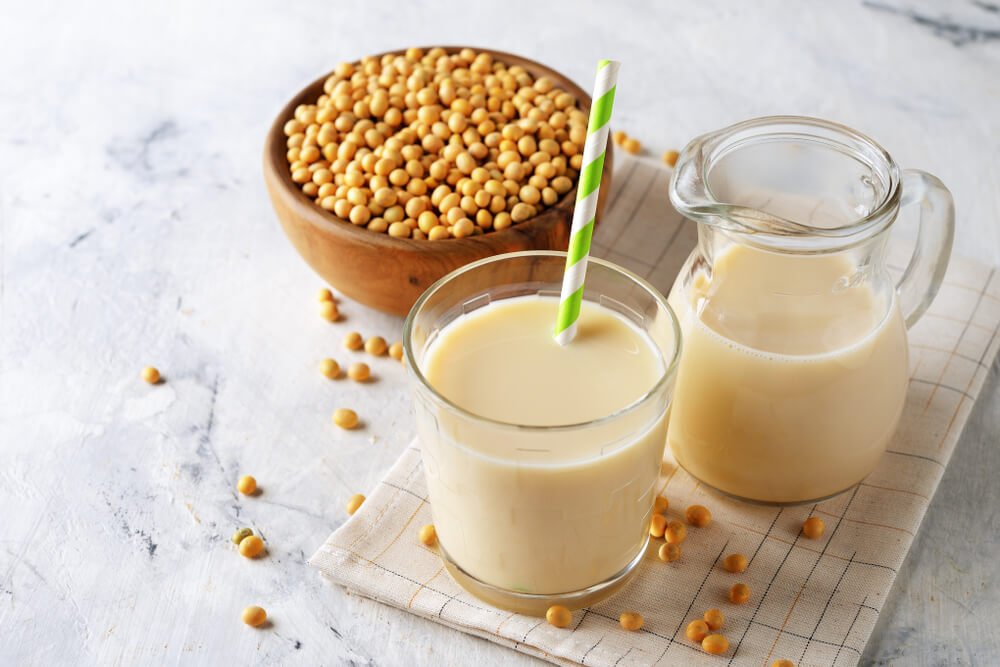
Get Creative
Traditional baking uses a lot of animal products, such as eggs and milk. To bake vegan cakes or cookies, you need to find alternatives. While some standard plant-based substitutes can work in many recipes, such as soy milk, the best way to get creative is to try different combinations of ingredients and learn what works and what doesn’t.
For example, if a recipe calls for butter, try replacing it with different plant-based oils. Olive, safflower, and sunflower are all good choices and will add flavor and moisture to your baked goods. Other plant-based milk, such as almonds and oat, can also provide unique flavors and textures to your desserts. Coconut milk, for example, gives your baked goods a tropical twist and adds richness.
If your recipe calls for buttermilk, you can create vegan buttermilk by combining equal parts of plant-based milk with vinegar. Vinegar helps to activate the baking soda in your recipe, which is important for the chemical reaction that causes your cake to rise. Alternatively, you can use lemon juice.
Other common plant-based egg replacers include ground chia and flax seeds, mashed bananas, and cornstarch. While these can be used instead of eggs, you’ll want to follow the recipe closely if it calls for them; the egg was chosen for a reason. You may also be able to find some newer vegan butter, such as Earth Balance Baking Sticks or offerings from Miyoko’s or Flora, which are a great replacement for high-fat European cultured butter.
Lastly, some people have trouble with gluten-free baking, but it can actually be quite easy once you know what to look for. Make sure to check the label of your flour to ensure that it is gluten-free, and mix your dry ingredients together before adding the wet ingredients so that you don’t over-mix. Over-mixing can remove the air bubbles created by the raising agent and result in a dense cake.
Getting started with vegan baking can seem daunting at first, but you’ll soon be cooking delicious plant-based treats for your friends and family!
